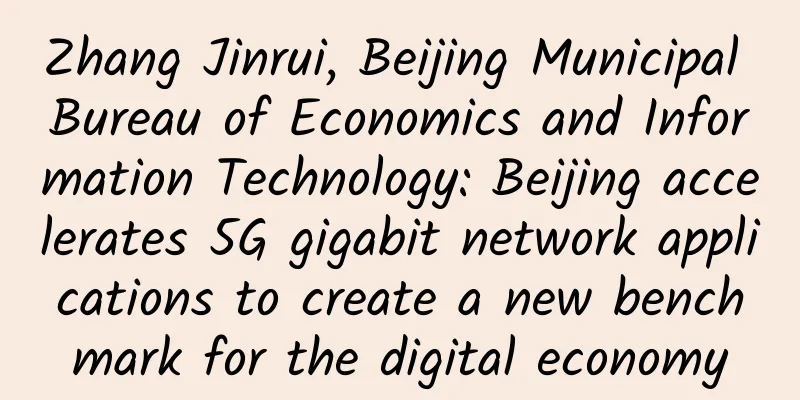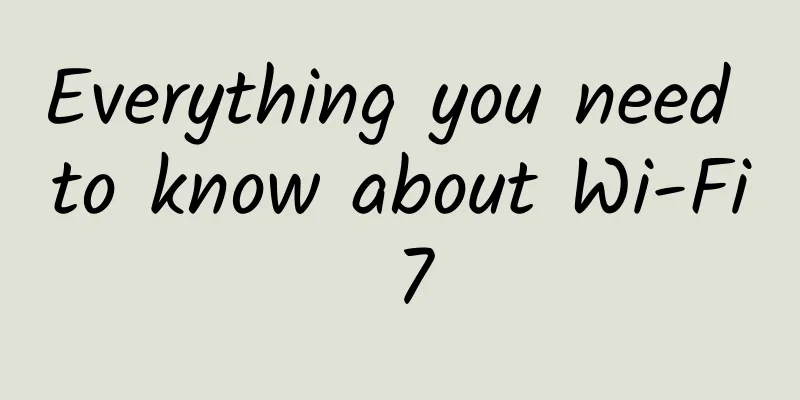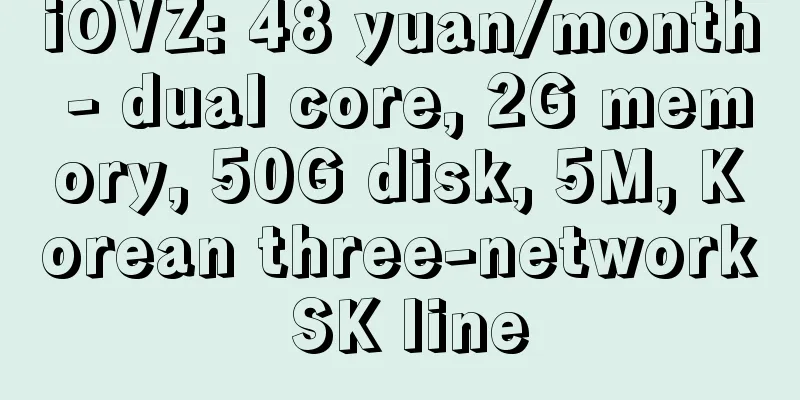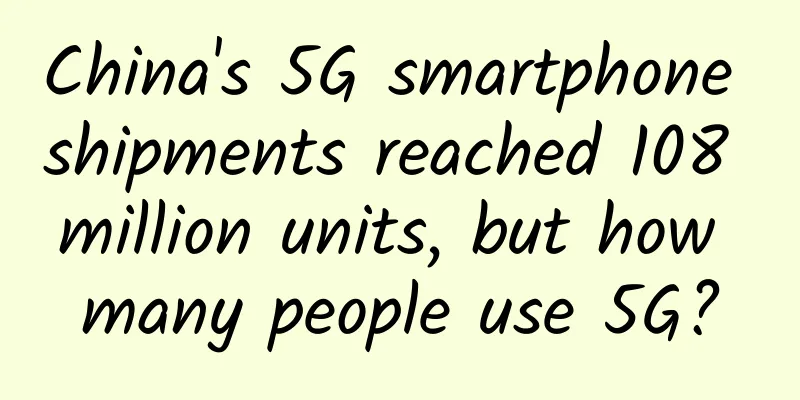5G is coming, do I need to change my SIM card?

|
2019 is the first year of 5G. With the issuance of 5G licenses in China, 5G is getting closer and closer to our lives. As we all know, if you want to experience 5G speed, it is necessary to change to a 5G-enabled mobile phone. ZTE 5G mobile phone The question that follows is: when upgrading from 2G to 3G, China Unicom users needed to change SIM cards. When upgrading from 3G to 4G, China Mobile and China Telecom users also needed to change SIM cards. It seems that the SIM card has a supporting relationship with the network. So, should we continue to change cards in the 5G era?
Yes, the SIM card is this little thing 01.What’s inside the SIM card? First, let's take a look at what a SIM card is. The full name of SIM card is Subscriber Identity Module, also called user identification module. It is installed on the mobile phone to identify the user, just like the ID card of the mobile phone. The mobile phone is allowed to access the network only after passing the network authentication. Although the SIM card is inconspicuous, it is actually a card with an integrated circuit chip, referred to as ICC (Integrated Circuit Card). From the hardware point of view, ICC should be its official name, and SIM is just the function it implements. Although the SIM card is small, it integrates CPU, storage (divided into RAM, ROM, Flash, EEPROM), input and output units and other modules. It is really complete and powerful. SIM card is small, but it contains a lot of information When we use mobile phones and SIM cards, it is actually the mobile phone that sends commands to the SIM card. The SIM card executes calculations and feeds back results based on relevant protocols. It is not as simple as imagined as just being an information storage device. 02.What information is stored in the SIM card? The data in the SIM card is divided into two categories: static data and dynamic data. Static data is permanently written into the card when it is produced, and the other is written when the operator issues the card, which generally does not change. Dynamic data is dynamically updated according to network conditions, and the other is data such as contacts and text messages stored by the user. Information stored in SIM card The main static data are divided into the following: 1. The globally unique identification serial code ICCID (Integrated Circuit Card IDentifier) of the SIM card’s own chip. 2. User identification information: IMSI (International Mobile Subscriber Identity). IMSI is composed of a 3-digit mobile country code, a 2-digit mobile network code, and a 10-digit user identification code. IMSI is only used within the network and has a one-to-one correspondence with the user's mobile phone number. 3. Authentication key Ki, and A3, A5 and A8 algorithms used for authentication encryption. Under the action of the algorithm, authentication data is generated and transmitted. Authentication is the core function of SIM and will be described in detail later. 4. Two passwords: PIN (Personal Identification Number), PUC (Personal Unblocking Code). PIN is used to protect the security of SIM card usage. If this function is enabled on a mobile phone, you need to enter the PIN every time you turn on the phone. If you enter the wrong PIN three times in a row, the SIM card will be locked. What should you do if your SIM card is locked? This is where PUC comes in. PUC is used to unlock locked SIM cards, but you must be more careful when entering. If you enter the wrong number 10 times in a row, the SIM card will be permanently locked, which is equivalent to scrapping it. 5. Other operator data: operator name SPN, access point name APN, short message center number SMSC, other service numbers, etc. The main dynamic data include the following: 1. Location Area Identity (LAI): Mobile networks are generally divided into multiple location areas. Mobile phones need to regularly report their location areas so that the network knows the location of the phone and facilitates paging. 2. Temporary Mobile Subscriber Identity (TMSI): To protect IMSI information, the network will assign a temporary identifier after the mobile phone is connected. 3. Location update timer T3212, frequency list and other auxiliary information. 4. User data such as address book and text messages. 03.How does the SIM card authenticate the user? The SIM card is equivalent to each user's ID card. Its most important function is to authenticate the user. To put it simply, the network determines whether the user is a legitimate user registered in the system. Only after the authentication is passed can the user access the network. The following describes how the 2G GSM authentication process works. 2G SIM authentication process The premise of the process in the above figure is that the core network stores the same authentication key Ki in the SIM card. In the first step, the SIM card sends the user's identification code IMSI to the network to apply for access to the network. In the second step, the network first uses IMSI, a random number RAND and the key Ki to calculate a sequence value SRES, and then sends this random number to the SIM card, which is equivalent to giving the SIM card a question and asking the SIM card to do the same calculation. In the third step, the SIM card calculates the result SRES and sends it to the network. When the network sees that it is the same as its own calculation result, it determines that the user represented by this SIM card is a legitimate user. The specific process is relatively complicated, and the above figure has been greatly simplified and translated into red "human language". This process has an obvious loophole, that is, only the network gives the user a question to determine whether the user represented by the SIM card is legitimate, and the SIM card does not determine whether the network is legitimate. This gives fake base stations an opportunity to exploit. Fake base stations will not actually perform any authentication work and will pass the authentication directly. Real users do not have the ability to identify whether the other party is a real base station or a fake one, so they have to fall into the trap and be slaughtered.
Fake base station fraud In the 3G era, in order to improve the security level, a two-way authentication mechanism was introduced. That is, not only does the network authenticate the user, but the user also authenticates the network. Communication will only take place after both parties confirm that the other party is legitimate. In order to support two-way authentication, the SIM card has also been upgraded to a USIM (Universal Subscriber Identity Module) card. What is the difference between USIM and SIM? 1. The hardware platform is upgraded to UICC (Universal integrated circuit card), which is different from the hardware ICC of SIM. 2. UICC can support multiple applications such as SIM (for GSM) and USIM (for 3G and more advanced technologies) in software, so it is also called USIM composite card. In other words, the general USIM card is compatible with 2G SIM card. 3. The authentication key K is stored in the USIM, which supports two-way authentication and longer secret keys, as well as updated authentication encryption algorithms, which are more secure. 4. USIM can store MMS and more contacts. Upgrading the authentication mechanism is the most important goal of introducing the USIM card. Let's look at the difference between the 3G authentication process and the 2G authentication process through the following figure. 3G authentication process using USIM First, the first step is similar, which is to send the user's identification code IMSI to the network and apply for access to the network. In the second step, after calculation, the network sends two values: random number RAND and network authentication token AUTH to the USIM card. The AUTH sent in this step is more than 2G, which is used by the USIM to authenticate the network. In the third step, USIM authenticates the network through AUTH. If the authentication is successful, the result RES calculated using the random number RAND is sent to the network. Finally, the network compares the RES sent by the USIM with the result XRES calculated by itself. If they are the same, the authentication is passed. The specific process is quite complicated, and the above figure has been greatly simplified and translated into red "human language". This set of processes achieves two-way authentication between USIM and the network, greatly improving security. Fake base stations will have no chance to interfere. The authentication process of 4G is very similar to that of 3G, with only slight differences in details, but the requirements for USIM cards are the same. 4G authentication process using USIM When deploying 5G, if non-standalone (NSA) networking is used, the user plane is completely handled by 4G, so the authentication process is exactly the same as 4G. If standalone networking is used, the authentication process is also similar to 4G. It can be seen from this that when upgrading from 4G to 5G, as long as the 4G uses a USIM card, it can fully support 5G authentication and there is no need to change the card. 04.Why do you need to change the SIM card when upgrading from 2G to 3G/4G, but not when upgrading to 5G? In fact, since the 4G network does not support the old SIM cards from the 2G era, in the process of upgrading from 2G and 3G to 4G, everyone has replaced SIM cards with USIM cards. Of course, China Mobile, China Unicom and China Telecom have different choices in upgrading from 2G to 3G and 4G, and the card replacement process they go through is also different. China Mobile's 3G network TD-SCDMA uses a simplified authentication process, so old users can access the network without changing USIM cards. However, in the 4G era, since the LTE network does not allow authentication in the same way as 2G GSM, almost all mobile users need to change cards when upgrading to 4G. China Unicom's 3G network WCDMA uses a new authentication process, so the USIM card must be replaced when switching from 2G GSM to 3G, but there is no need to change the card when switching from 3G to 4G. China Telecom is more complicated. Its 2G is a CDMA network and its 3G is CDMA2000. They are technically independent and completely different from China Mobile and China Unicom's 2G GSM, 3G WCDMA and TD-SCDMA in terms of authentication. In addition, China Telecom's CDMA mobile phone card is not called a SIM card, but a UIM card or R-UIM card. Its data format is also different from that of China Mobile and China Unicom's SIM card or USIM card. In the 4G era, China Telecom and China Mobile and China Unicom have adopted the same path and deployed LTE networks, which need to be upgraded to USIM cards and compatible with CDMA. Therefore, China Telecom users must change cards when upgrading from 3G to 4G. The three major operators have gone through the process of upgrading from 2G to 3G and 4G, and their users have all been upgraded to USIM cards, so there is no need to change cards in the 5G stage. Card replacement paths for each operator |
<<: The 5G license has been issued, what should we do now?
>>: Three common misunderstandings about SD-WAN
Recommend
The three major telecom operators are accelerating the construction of 5G networks and data centers
Seizing the opportunity of the country's &quo...
A wonderful explanation of the four major communication interfaces: UART/I2C/SPI/1-wire
[[350985]] 1. Qiu Qianzhang's Light Kung Fu F...
ZJI: Hong Kong Confederation Server 30% off, 560 yuan/month-2*E5-2630L/32G memory/480G SSD/30Mbps bandwidth
This month, ZJI offers a 30% discount code for Ho...
Say hello politely - TCP protocol three-way handshake
The Art of Communication What is the most basic a...
Did you know there are 4 types of network latency?
Speaking of latency, most of us are familiar with...
IMIDC Japan multi-IP server from $88/month, E3-123x/16GB/512G SSD/30M bandwidth
IMIDC is a local operator in Hong Kong. The busin...
A complete analysis of the IoT strategies of Huawei, Alibaba and China Unicom
Have you paid attention to the wave of "bomb...
vivo: From mobile overseas expansion to security protection in the AIGC era
After more than 20 years of development, vivo has...
Network | 5G secrets that operators don’t want to tell
On November 1, several major domestic operators o...
my country will start deploying and building IPv6 address projects in 2017
[[181003]] A reporter from the Economic Informati...
Is SSH a higher layer and more secure than SSL? Here are the four major differences between the two - based on principles and protocols
“What is the difference between SSH and SSL?” “Is...
Huawei's first Intelligent Computing Conference was held in Beijing. Huawei released a new intelligent computing strategy to meet the 100 billion market
[51CTO.com original article] On December 21, 2018...
How to use 4G module to transmit temperature and humidity data to onenet via MQTT protocol
[[397604]] This experiment uses the SIM7600CE 4G ...
The network infrastructure of the future is intelligent
Smart systems have become an increasingly common ...
Stay true to our original aspiration and keep moving forward | What did they gain from their journey to Huawei's ICT ecosystem?
[51CTO.com original article] Summer is coming to ...


![[CyberMonday] RackNerd: $12/year KVM-1.5GB/20GB/3.5TB/San Jose & Seattle, etc.](/upload/images/67cac46d08899.webp)






